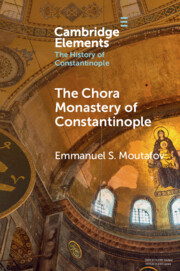Mehmed Ziya, an Ottoman Muslim educator and intellectual, published an art historical treatise on the Chora Monastery/Kariye Mosque in Istanbul in 1910. This was largely a translation of three articles by the French Byzantinist Charles Diehl previously published in Études byzantines and in Le Journal des savants. Through his book, Mehmed Ziya attempted to acquaint the Ottoman Turks with this Byzantine monument, especially its rich decorations. Two letters appended in the book reveal his efforts to raise awareness among the youth in this respect, and to mobilize the Ottoman authorities regarding the protection and promotion of the Chora monastery more particularly.
